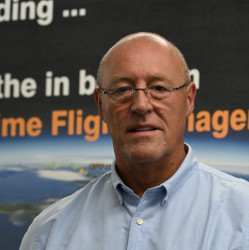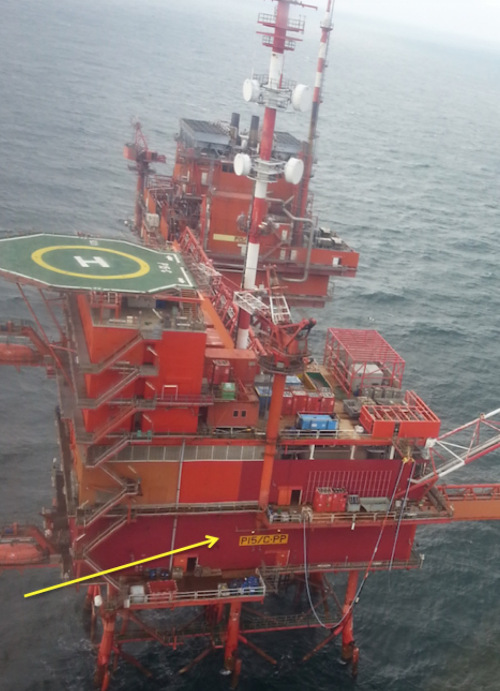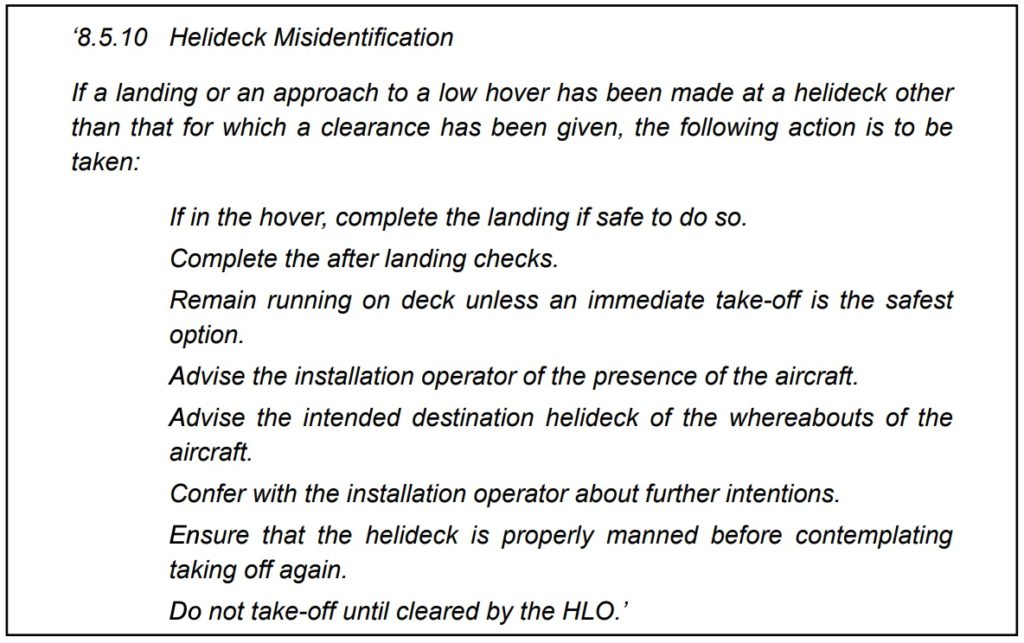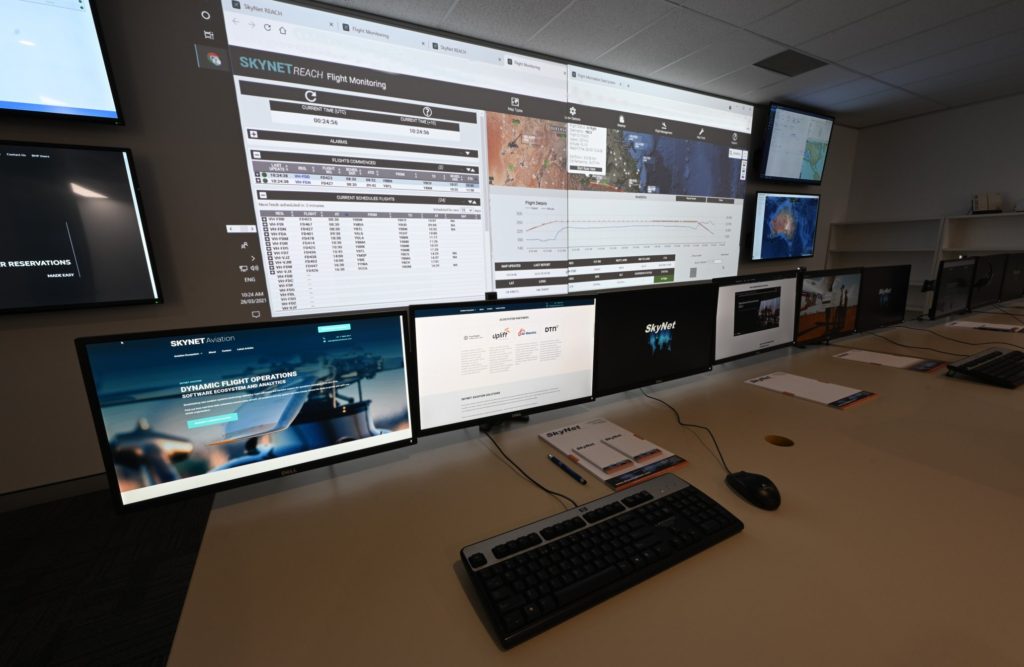Przejdź do trybu offline z Player FM !
RWS 98 – Wrong Deck Landings and Approach Detection with Jon Davis
Archiwalne serie ("Kanał nieaktywny" status)
When?
This feed was archived on February 13, 2024 11:08 (
Why? Kanał nieaktywny status. Nasze serwery nie otrzymały odpowiedzi od kanału przez zbyt długi czas.
What now? You might be able to find a more up-to-date version using the search function. This series will no longer be checked for updates. If you believe this to be in error, please check if the publisher's feed link below is valid and contact support to request the feed be restored or if you have any other concerns about this.
Manage episode 289152966 series 169835

Before a helicopter approaches to an oil rig there are checks and safety procedures to be followed on the rig in preparation – the deck is cleared, cranes are moved out of the way and gas venting is stopped. When the landing rig is misidentified and an approach flown to the wrong landing deck the above protections are not in place.
Jon Davis is CEO and Managing Director of Skynet Satellite Communications and their division Skynet Aviation. This is a technology / software company that has been supporting aviation ops for over 20 years. Including experience where they were heavily involved in helicopter operations in the Gulf of Mexico. These days Jon is based in Brisbane, here in Australia and the company website indicates they are supporting aviation operators in over 47 countries.
In this episode we discuss wrong deck landings, what some of the dangers are and contributing factors as to why they occur. Oil rigs can sometimes look very similar to each other and are not always signed in a way that assists pilots in adverse conditions. If you were flying an approach to the rig in the photo below think about how difficult it would be to confirm the rig identification when your mental model has you “in the right spot”. Also note the stowed cranes for the approach. If they weren’t expecting an arrival then the cranes could be impinging on the deck or the go-around area.

Skynet offers a number of ADS-B solutions with a mix of hardware and software. We refresh the operation of ADS-B for aircraft tracking and then look at the Landing Approach Surveillance and Warning (LASAW) system developed by Skynet. One of the applications of this technology is for use on oil platforms to monitor the surrounding airspace and detect helicopters commencing an approach. If this turns out to be an impending wrong deck landing then rig personnel are alerted or the system can automatically activate a number of warning lights and audio alarms on deck.
The video below gives an overview of how the LASAW system operates.
A number of links are provided below to investigation reports into wrong deck landings. The report commissioned by CHC on the topic has some wonderful human factors and CRM elements teased out. Actual wrong deck landings are a low occurrence event in actual reporting but it would seem that a number go unreported and near misses have been experienced by a sizeable percentage of those in the study group.
Below is a section from a company Operations Manual covering actions after the occurrence of a wrong deck landing. An immediate takeoff is not recommended as there is no assurance that the oil rig is in the proper configurations for aircraft operations. Cranes could be operating or gas being vented. Several aircraft crashes have been attributed to “the loss of engine power due to an engine compressor stall as a result of ingesting methane gas during takeoff” see NTSB Factual Aviation Report CEN11LA252 and NTSB Factual Aviation Report CEN13FA491.

Podcast: Subscribe in iTunes | Play in new window | Download
Links from this week’s episode:
Support the podcast on Patreon
Review of wrong helideck landings, status lights and signalling lamps – 2001 UK Health and Safety Executive review
Wrong Deck Landings Report 2015/16 – a detailed report (99 pages) commissioned by CHC into the factors leading to a wrong deck landing
AAIB Bulletin: 6/2016 Sikorsky S-92A Wrong Deck Landing – investigation into a wrong landing in the North Sea in 2016
Skynet Aviation Website – find more detail on the Landing Approach Surveillance and Warning (LASAW) system described by Jon in this episode.

Be part of the conversation! What was your biggest takeaway from this episode?
The post RWS 98 – Wrong Deck Landings and Approach Detection with Jon Davis appeared first on The Rotary Wing Show Podcast.
112 odcinków
Archiwalne serie ("Kanał nieaktywny" status)
When?
This feed was archived on February 13, 2024 11:08 (
Why? Kanał nieaktywny status. Nasze serwery nie otrzymały odpowiedzi od kanału przez zbyt długi czas.
What now? You might be able to find a more up-to-date version using the search function. This series will no longer be checked for updates. If you believe this to be in error, please check if the publisher's feed link below is valid and contact support to request the feed be restored or if you have any other concerns about this.
Manage episode 289152966 series 169835

Before a helicopter approaches to an oil rig there are checks and safety procedures to be followed on the rig in preparation – the deck is cleared, cranes are moved out of the way and gas venting is stopped. When the landing rig is misidentified and an approach flown to the wrong landing deck the above protections are not in place.
Jon Davis is CEO and Managing Director of Skynet Satellite Communications and their division Skynet Aviation. This is a technology / software company that has been supporting aviation ops for over 20 years. Including experience where they were heavily involved in helicopter operations in the Gulf of Mexico. These days Jon is based in Brisbane, here in Australia and the company website indicates they are supporting aviation operators in over 47 countries.
In this episode we discuss wrong deck landings, what some of the dangers are and contributing factors as to why they occur. Oil rigs can sometimes look very similar to each other and are not always signed in a way that assists pilots in adverse conditions. If you were flying an approach to the rig in the photo below think about how difficult it would be to confirm the rig identification when your mental model has you “in the right spot”. Also note the stowed cranes for the approach. If they weren’t expecting an arrival then the cranes could be impinging on the deck or the go-around area.

Skynet offers a number of ADS-B solutions with a mix of hardware and software. We refresh the operation of ADS-B for aircraft tracking and then look at the Landing Approach Surveillance and Warning (LASAW) system developed by Skynet. One of the applications of this technology is for use on oil platforms to monitor the surrounding airspace and detect helicopters commencing an approach. If this turns out to be an impending wrong deck landing then rig personnel are alerted or the system can automatically activate a number of warning lights and audio alarms on deck.
The video below gives an overview of how the LASAW system operates.
A number of links are provided below to investigation reports into wrong deck landings. The report commissioned by CHC on the topic has some wonderful human factors and CRM elements teased out. Actual wrong deck landings are a low occurrence event in actual reporting but it would seem that a number go unreported and near misses have been experienced by a sizeable percentage of those in the study group.
Below is a section from a company Operations Manual covering actions after the occurrence of a wrong deck landing. An immediate takeoff is not recommended as there is no assurance that the oil rig is in the proper configurations for aircraft operations. Cranes could be operating or gas being vented. Several aircraft crashes have been attributed to “the loss of engine power due to an engine compressor stall as a result of ingesting methane gas during takeoff” see NTSB Factual Aviation Report CEN11LA252 and NTSB Factual Aviation Report CEN13FA491.

Podcast: Subscribe in iTunes | Play in new window | Download
Links from this week’s episode:
Support the podcast on Patreon
Review of wrong helideck landings, status lights and signalling lamps – 2001 UK Health and Safety Executive review
Wrong Deck Landings Report 2015/16 – a detailed report (99 pages) commissioned by CHC into the factors leading to a wrong deck landing
AAIB Bulletin: 6/2016 Sikorsky S-92A Wrong Deck Landing – investigation into a wrong landing in the North Sea in 2016
Skynet Aviation Website – find more detail on the Landing Approach Surveillance and Warning (LASAW) system described by Jon in this episode.

Be part of the conversation! What was your biggest takeaway from this episode?
The post RWS 98 – Wrong Deck Landings and Approach Detection with Jon Davis appeared first on The Rotary Wing Show Podcast.
112 odcinków
Wszystkie odcinki
×Zapraszamy w Player FM
Odtwarzacz FM skanuje sieć w poszukiwaniu wysokiej jakości podcastów, abyś mógł się nią cieszyć już teraz. To najlepsza aplikacja do podcastów, działająca na Androidzie, iPhonie i Internecie. Zarejestruj się, aby zsynchronizować subskrypcje na różnych urządzeniach.




